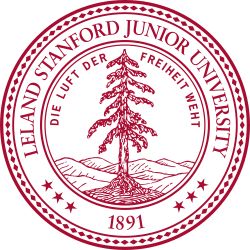Community College of Vermont (CCV) is a public community college in Vermont with the following features:
Wide Campus Distribution:
There are 12 campuses across the state, covering almost every region of Vermont, making it convenient for students to enroll nearby. This means that no matter where students are in Vermont, they can find a CCV campus within 25 miles, providing convenient higher education opportunities for local residents.
Diverse Course Settings:
Career-Oriented Courses: It offers a wide range of career-related courses and majors, such as healthcare, business, information technology, and human services. These courses are designed to help students acquire practical skills and prepare for direct employment in related industries after graduation. For example, courses in the healthcare field may include basic courses and practical training in majors such as nursing and medical assistants, so that students are able to work in medical institutions.
Transfer Courses: There are also some courses that can be transferred to four-year universities, providing students with a way to continue their studies. Students can complete the first two years of basic courses at CCV and then transfer credits to other universities to continue their bachelor's degree.
Personalized support services:
Academic counseling: Provide students with academic guidance and consulting services to help them develop study plans, choose courses, and solve problems encountered during the learning process. Whether they are confused about course selection or have questions about learning methods, students can get professional guidance.
Life support: Care about students' life needs, such as providing food assistance and helping to find childcare services. These support measures can help students solve difficulties in life and allow them to focus more on learning.
Affordable education options:
Low tuition: As a public community college, CCV's tuition is relatively low, which is an important advantage for many students from families with limited financial resources. Lower tuition reduces the financial burden on students and families, allowing more people to have the opportunity to receive higher education.
Scholarships and grants: The college also offers a variety of scholarships and grants, and students can apply for these grants to reduce the pressure of tuition and living expenses. The evaluation criteria for scholarships usually include academic performance, personal expertise, community service, etc.
Close ties with the community:
Practical opportunities: Maintain close cooperative relations with local businesses, institutions and community organizations to provide students with internships, practical and volunteer service opportunities. Through these practical activities, students can apply what they have learned in class to actual work, accumulate work experience, and improve their professional quality.
Community Service: Encourage students to participate in community service projects to cultivate their sense of social responsibility and civic awareness. Students can understand the needs of the local community and contribute to the development of the community by participating in community service.
-

Harvard University
-

Massachusetts Institute of Technology
-

South University
-

University of West Georgia
-

Stanford University
-

Northwest Nazarene University
-

Hawaii Pacific University
-

Shorter University
-

Nova Southeastern University
-

Saint Leo University
-

Mesoamerican University
-

Istmo University
-

Mariano Galvez University of Guatemala
-

Regional University of Guatemala
-

Galileo University
-

Francisco Marroquín University
-

Rafael Landívar University
-

University of the Valley of Guatemala
-

University of San Carlos of Guatemala
-

Technological Institute of Tlaxcala Plateau
-

Golfo University
-

Technological University of South Sonora
-

Technological University of Huejotzingo
-

Tizimín Institute of Technology
-

Chilpancingo Institute of Technology

